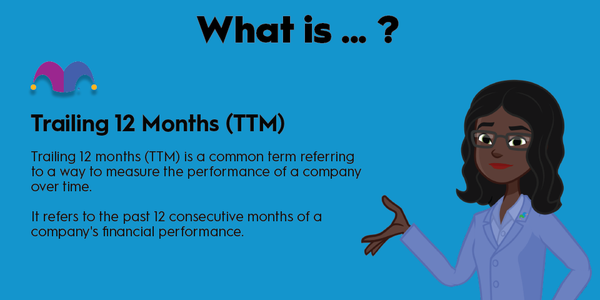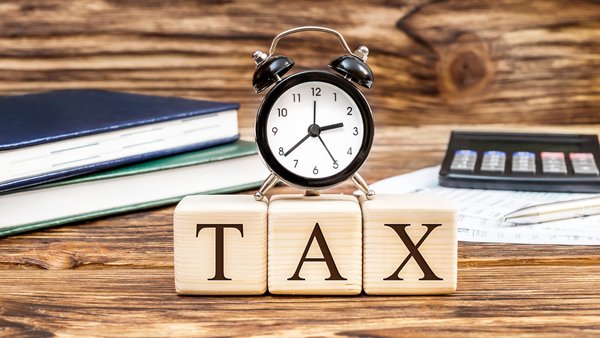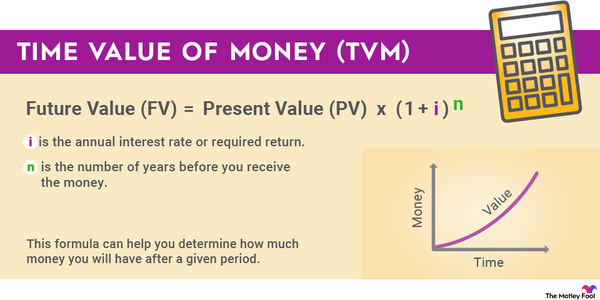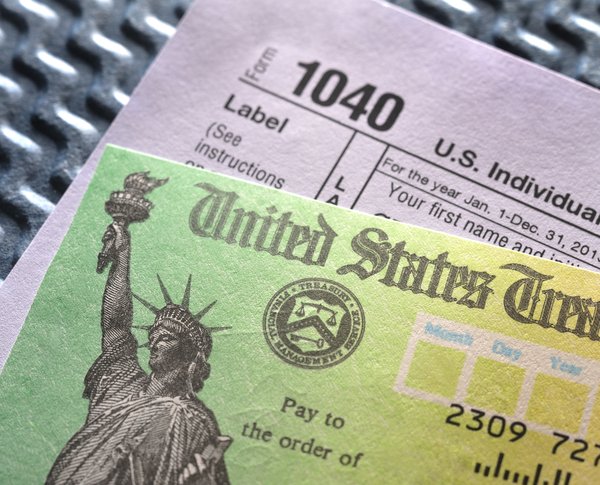If you're a securities trader, there's a lot of terminology to learn. From important financial ratios to insider slang, it will be hard to get very far if you can't speak the language. One important term to understand is "trading tick." A trading tick, or just a tick, is an incredibly innocuous term in trading that you hardly ever think about but use daily.

Definition
What is a trading tick?
When you're trading securities, there's a minimum amount each security can move, either up or down. In other words, securities move in set increments. Those increments are set by the type of security and sometimes even by the security contract itself. So, for example, most commonly traded stocks move in one-cent increments, but other securities may move in increments of five cents, 10 cents, or even a quarter.
For example, let's say you want to buy stock for XYZ, Inc. It most recently traded at $15.00. If you want to buy it, you might have to pay $15.01, but you couldn't pay $15.005, for example, because one tick for that stock (and most stocks) is one cent. The same holds for other types of securities. If your futures contract trades with a 10-cent tick, then you can buy it for $15.00 or $15.10, but not $15.15.
History of trading ticks
Trading ticks prior to 2001
A lot changed in securities markets with the advent of digital trading tools like computers. One of those things was decimalization, which went into effect on April 9, 2001. At that point, all traded securities began using decimals instead of fractions to reflect their prices.
Before decimalization, stocks and other securities were quoted using fractions, based on an old Spanish system used in the early New York Stock Exchange. Under that system, everything was based on eighths, so a stock could trade for $15 1/8 or $15 1/32 but never $15 1/10. The increment that a stock traded at indicated something else about the stock -- specifically, how popular it was. A very popular stock might trade with a tick of 1/32 of a dollar, but less active ones might trade with a tick of 1/8 of a dollar.
Ticks vs. points
Ticks vs. points
There are actually two different types of minimal trading figures that are sometimes discussed when it comes to trading securities: ticks and points. Ticks, as we've established, are the smallest increment at which the instrument will trade, based on tradition and trading contracts.
Points are similar, but they only refer to changes on the left side of the decimal. They're also the smallest trading increment on that side of the number. So, if you're trading a security that's got a tick of 10 cents, you know your point is always $1, and it takes 10 ticks to make a point for that security.
Sometimes, indexes that track price movements more precisely, like the investment-grade index, will move the decimal point further to the left to state movements in points instead of in ticks. Regardless of how they're expressed, though, decimalization has made it simple to look at stocks, exchange-traded funds (ETFs), bonds, and other securities in terms of dollars and cents.
Related investing topics
Why they matter
Why do trading ticks matter to investors?
For many retail investors, ticks may not really matter at all, if we're being honest. It's just as easy to find the information you need on the price of your chosen security stated in dollars and cents, which is all you really care about anyway -- what it costs to buy, or what you get when you sell.
However, professional investors, portfolio managers, and other people who do this for a living may find ticks to be an easier way to express changes across different types of securities. There are many securities that are still primarily their private domain, and in these places, more technical jargon still rules supreme.
Still, as an investor, understanding what a tick is will help you sound more intelligent, and when you come across reports or other studies that use the word "tick," you'll now understand exactly what that means, how it came about, and how it's measured.






































